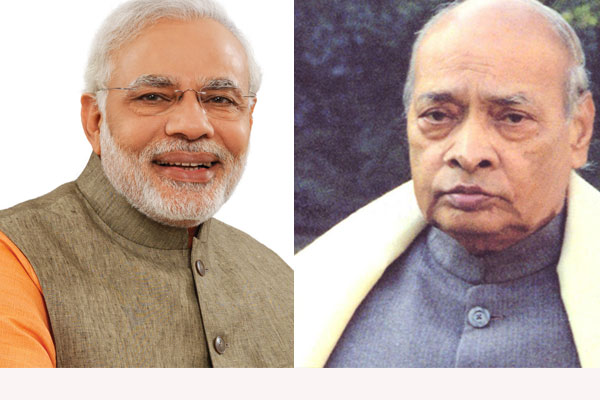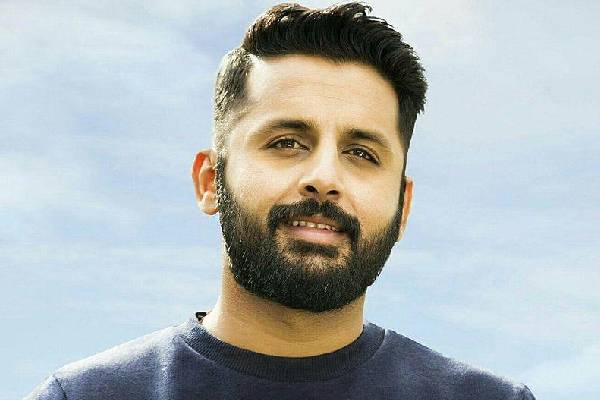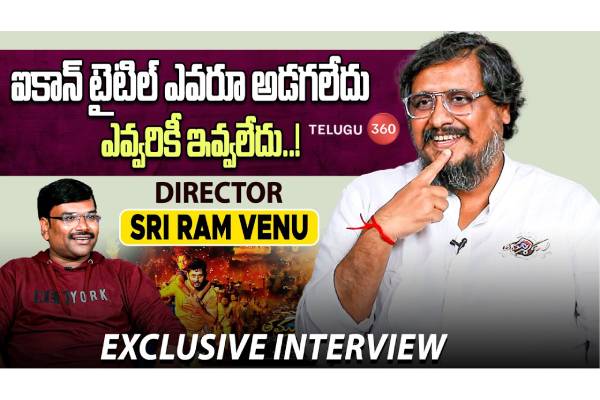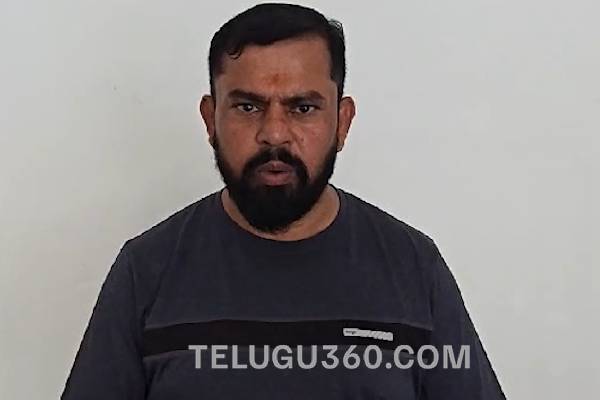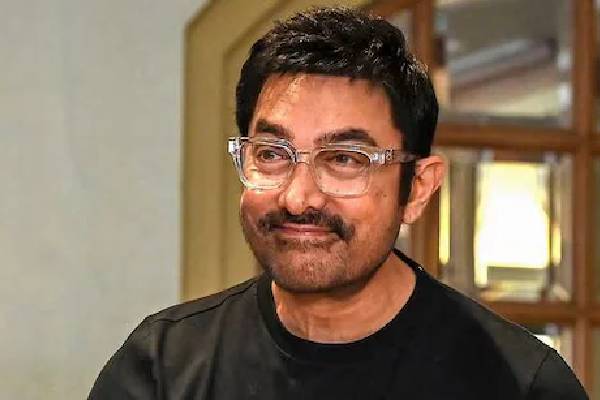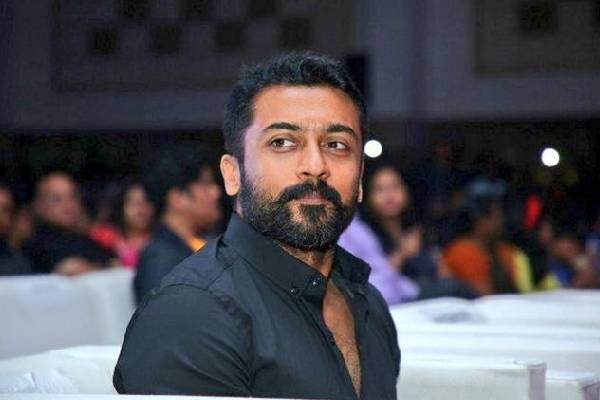PM Narendra Modi
-
Everyone above 18 eligible for anti-Covid vax from May 1 April 19, 2021
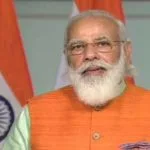
-
PM Modi giving appointments to KCR but not Jagan December 13, 2020
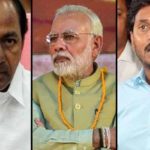
-
PM visits Bharat Biotech, CM snubbed November 28, 2020

-
PM to form committee on ‘one nation, one election’ June 19, 2019
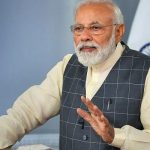
-
Modi biopic expected to release in 38 countries April 6, 2019

-
Biopic movie ‘PM Narendra Modi’ postponed April 4, 2019

-
An Unsolicited Advice from PV Narasimha Rao to PM Narendra Modi July 26, 2016
